Drawing Comparisons
Virtual Views and MoMA’s “Cézanne Drawing”
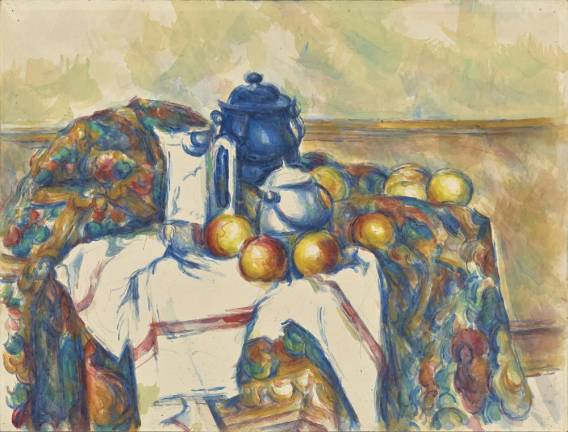
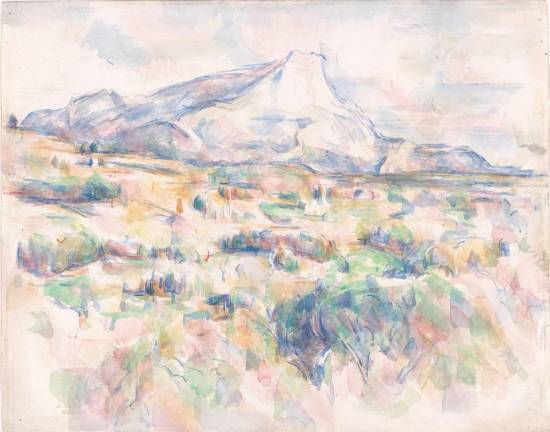
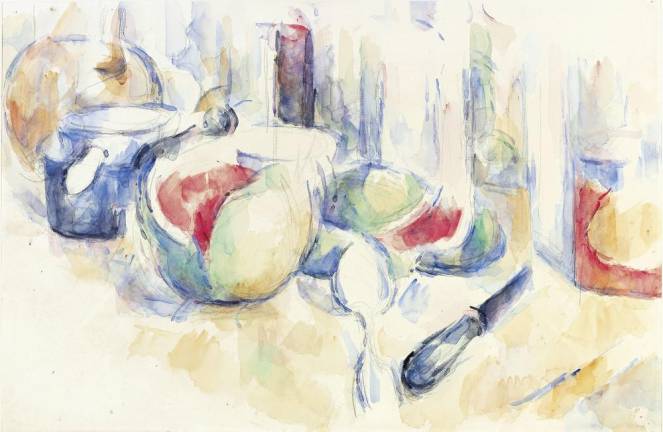
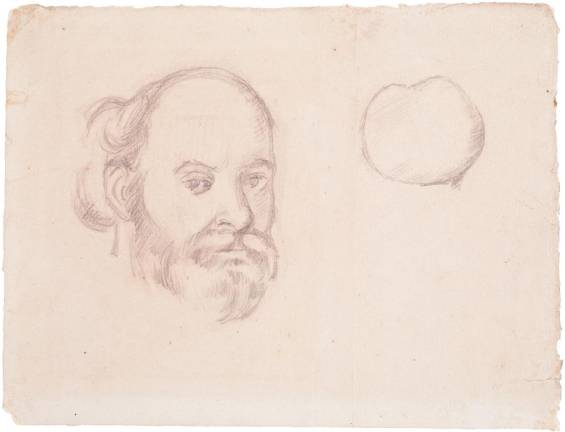
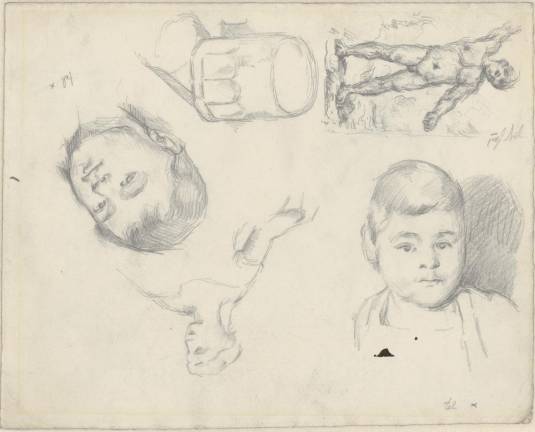
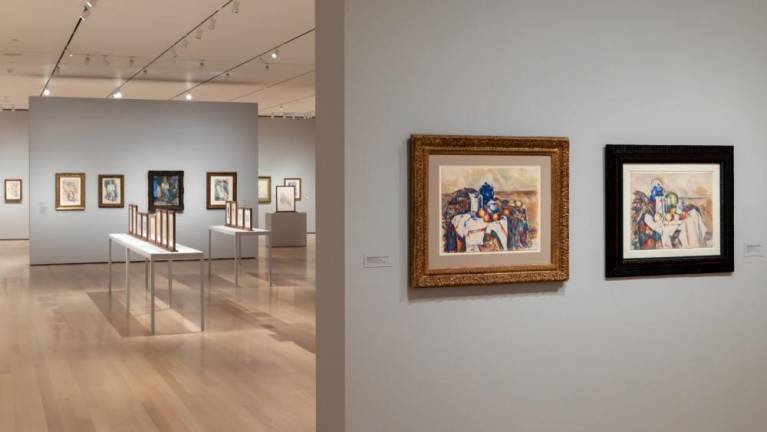
Drawings are not less than paintings. In some ways, they’re more. More immediate. More fresh. More spontaneous. And for many, more revealing. They present a glimpse at an artist’s thoughts and methods, how they work and how they work things out.
Paul Cézanne (1839-1906) was a Post-Impressionist painter from the country village of Aix-en-Provence. He set out, he’s said to have proclaimed, “to astonish Paris with an apple.” He did, as you can see in the remarkable apples, pears, cherries and a particularly ravishing watermelon watercolor in “Cézanne Drawing” at the Museum of Modern Art. How he astonished, through the use of material, mark-making, repetition and observation, is the story the curators set out in the exhibition.
“Cézanne Drawing,” spreads across nine galleries and presents more than 250 drawings, sketches and watercolors. Some were preparations for paintings. Some were diaristic notes on living. Some were a way to shatter notions of space and vision. The exhibition also presents more than three years’ study, work and preparation by Jodi Hauptman, senior curator, and Samantha Friedman, associate curator, a time span that was stretched by the pandemic.
Works on paper are fragile. So, they don’t often go on view, and when they do, it’s a brief event. The show runs through September 25th and includes many international loans from public and private collections. It’s a rare opportunity. Rarer still is the chance to see the exhibition through the perspective of curators and artists.
Eavesdropping Opportunities
MoMA’s popular Virtual Views series has been bringing exhibitions beyond the museum’s walls for over a year, with curators discussing masterpieces and sometimes conversing with artists. This time, Hauptman and Friedman talk about Cezanne’s drawings with renowned contemporary artist Julie Mehretu, whose exquisite solo exhibition is now on view at the Whitney. Eavesdropping opportunities like this don’t come along every day. Grab it.
Hauptman makes the case that Cézanne’s “most radical, most experimental work happens on paper in his drawings.” That radicality comes through in the three-way conversation rooted in deep, careful looking at individual works, at how they’re made, at what they convey, and how they challenge artistic traditions.
Mehretu noted Cézanne’s “way of trying to make sense of the world through looking really intensely and then trying to study how to deal with the idea of space, but within the space of flatness. That’s a very abstract way of trying to make sense of something.”
As Hauptman and Friedman discuss form and line in various drawings, Mehretu responds, “If the form is a form, it’s a very kind of diaphanous and almost ungraspable form. It’s almost about formlessness in a way.” The conversation expands our understanding of how the artist took paper, pencil, watercolor, and line and transformed ways of seeing.
“The Father of Us All”
In an approach that was analytical as much as visual, Cézanne looked at things from different angles - both literally and figuratively - experimenting with abstraction. His drawings are less about making pictures of things, more about picture-making as a thing. Landscapes and trees are suggested by blocks of color balanced by empty patches of paper. Paper itself part of the picture. Wind is suggested by a vortex of tiles of color surrounding an empty white space. All is in balance within the composition, but none of it looks like what you’ll find in nature. It’s a radical reimagining how pictures can function. Picasso called Cézanne “the father of us all.”
In a discussion of a drawing of a cupid figure, Mehretu comments on the areas of void. “What you don’t see just on the other side of that figure is as crucial to understanding that figure as not. And how do painting and drawing and mark-making participate in inventing these other spaces that are possible to experience?”
Fascinating questions like this come up both in the exhibition and in the Virtual Views video. They go beyond Cézanne’s drawings and leave you with new ways of looking and thinking about what art is and what artists do. “Cézanne drew almost every day,” said Hauptman. “He used standard materials - pencil watercolor and paper – and with those simple materials he did wondrous things.”
“Cézanne Drawing”
Through Sept. 25th, Museum of Modern Art, 11 West 53 Street, NY
Virtual View: www.moma.org/calendar/events/7105